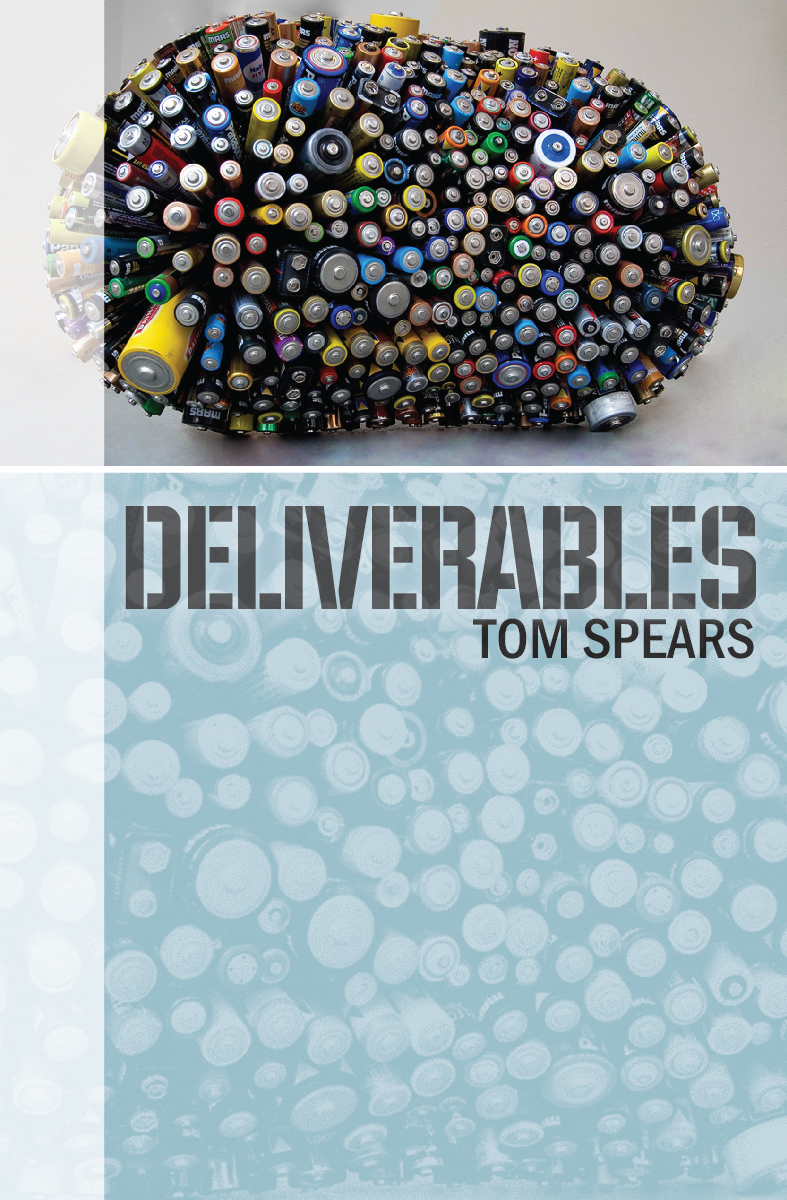I know that sexy new technology is tempting. Believe me, I’ve been right there. Ever hear of the Coleco Adam computer? Yeah, I thought not. I was an “early adopter” on that one. How about Betamax? Or Digital Audio Tape? Or, more recently, QR codes?
These were all great ideas that failed to succeed – many because of problems in early roll-out and/or execution. There are plenty of additional examples in the world of consumer electronics. Apple Newton PDA, DIVX disposable discs, Intellivision, Laserdiscs – these are just a few examples.
The workplace abounds with similar scenarios, they just don’t get the same kind of press. Some of the early point-and-click ERP systems are a prime example, where the system response rates became so slow that useability was virtually zero.
Warning: A Blatant Plug. You can pre-order the Kindle version of my latest Novel EMPOWERED now for delivery on October 12, 2014 (my birthday!)
Early can be good, but “first” rarely is
As a manager, you’ll be tempted by new technologies over and over again. Salespeople will tell you how their new widget will transform your life, improve your team’s productivity, and make you a hero with the higher-ups.
Which is all probably true – if the widget works flawlessly.
Unfortunately, if this is the first application that is rarely the case.
Back in the early 80’s I worked on an automation project utilizing early versions of machine (computer) visions systems. At the time, computing power was barely at the point where digital images could be acquired and processed fast enough to keep up with high-speed, automated production lines.
But it was clunky, to say the least. Basic problems with image-processing techniques meant that it was difficult to exclude visual noise and tricky to find edges. In addition, the devices were programmed in an arcane language that was hard to learn and even harder to debug.
I spent weeks trying to get the system to recognize the outside edges of a radiator core, and then pass dimensional information to a robot. The idea was to pick up the radiator and deposit it to a conveyor with the high degree of accuracy needed for the next process step (soldering). Eventually, I was able to simulate the operation off-line, but it was still glitchy. Eventually, the senior engineer on the project (wisely) found another way to skin this cat – one that didn’t involve machine vision systems.
Had we stuck with the original solution, sexy though it might be, I would have had to move my desk to the control panel for a good year to solve all the problems that would have come up.
Bigger risks equal bigger successes – and failures
One of my employers had an automated production line that was the envy of the industry. It produced a large variety of products using the least expensive materials, and did so with a very small amount of labor.
The line, the envy of the industry, was someone’s amazing success from many years ago. When I began digging into the production line’s history however, in its early years it was anything but the resounding “win” it ultimately became. Those early years were plagued by tooling breakage, alignment problems, material inconsistencies, inadequate inspection techniques, and a host of reliability problems. All of these had roots in a project that was on the bleeding edge of technology in several areas.
I’m sure (although I never confirmed) there were careers wrecked on the rocks of this project.
Of course, by the time I was studying the line, it was considered the key to our success. The problem was that it covered only the smallest end of our product size range. The middle and large sized product was produced exactly the same way as our competitors did it, and as a result was relatively unattractive.
I smelled an opportunity to change the game, moving the basic principles of the small product production facility into the midsized (and perhaps later, large) product offerings. It would provide us a competitive advantage that would shift share our direction. And it would pay for itself in short order.
Unfortunately, we needed significant changes to the manufacturing process – the old process couldn’t be scaled up in several areas, particularly the welding process. After searching around, one of my engineers found a new-ish welding technique used in shipbuilding, one we thought was the perfect solution.
The problem was it had never been used in the way we proposed. It required nearly perfect presentation of the parts to the welding equipment – theoretically possible, but challenging to do with such large parts.
In short, it was on the bleeding edge.
To make a long story short, the new welding process was initially a disaster. Delivery was seriously delayed, and when the equipment was finally installed, the process had major problems. We spent months diagnosing issues and altering tooling, equipment, and processing methods, making baby steps with each change.
What have you done for me lately?
Alas, most corporations have limited patience when it comes to implementation of such projects. Because I’d failed to properly anticipate the added time and expense of bleeding edge technology, the project fell far behind schedule, ran significantly over budget, and wasn’t even close to its productivity targets.
It became a major contributor to me losing that job.
Five years later, the line actually runs at close to the originally expected speeds, with good quality and acceptable labor and maintenance costs. In another five years, I expect it will be viewed just like the small product analog – a major asset and a key part of the company’s competitive advantage.
Conclusion
You might be able to introduce bleeding edge technology, but do so only if senior management understands the risks and has the patience to bear the ups and downs of implementation. A safer plan is simply to let others pioneer things, adopting them quickly once the bugs have been worked out. You can make sure you aren’t on the bleeding edge by meticulously checking references and/or running a smaller scale “demonstration” project prior to going for the goal line. 34.1
Other Recent Posts:
- Dying By the Sword
- It’s Your Money, Not Theirs
- Foretelling the Future
- Fighting Back
- Control Your Contempt, Sir! – Part 2
- Control Your Contempt, Sir! – Part 1
- They Aren’t Really Your Friends
To find other blog posts, type a keyword into this search box, or check my Blog Index…
My Linkedin profile is open for your connection. Click here and request to connect. www.linkedin.com/in/tspears/
If you are intrigued by the ideas presented in my blog posts, check out some of my other writing.
Novels: LEVERAGE, INCENTIVIZE, DELIVERABLES, HEIR APPARENT, and PURSUING OTHER OPPORTUNITIES.
Non-Fiction: NAVIGATING CORPORATE POLITICS
Here is the Black & White version of the cover for my latest novel, EMPOWERED, which will be released in Kindle and paperback versions on October 12, 2014. EMPOWERED is the story of newly hired division president Colin Jensen, and his investigation into unexplained performance problems in the shipping department of TruePhase Chemicals division. The story is set in Indianapolis during a blizzard, and takes its inspiration from the television series Undercover Boss. As always, there are a few plot twists that I hope will surprise and entertain the reader.
My novels are based on extensions of 27 years of personal experience as a senior manager in public corporations.



















